With years of technical accumulation and film and television shooting experience, the ZOSE Chuangda virtual R&D team has jointly formulated a strict "examination paper" in conjunction with the Southern Research Institute of the Central Propaganda Department and the Chinese Society of Film and Television Photographers, aiming at ZOSE Black Agate (hereinafter referred to as ZOSE). Black Onyx) in the virtual shooting process of the actual application performance of the multi-dimensional evaluation, successfully completed the domestic first test of the black onyx LED screen.
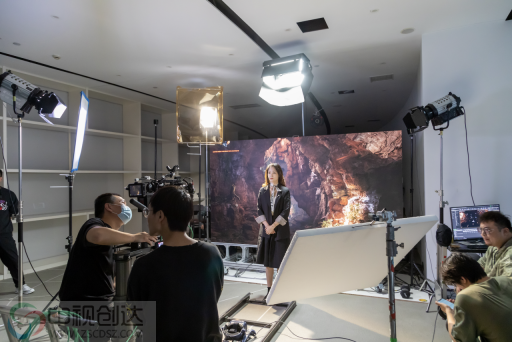
Strobe shooting ≠ strobe infestation
Strobe is a phenomenon caused by the camera shutter capturing scan lines when the refresh rate of the LED display is low, and the frame rate of the camera recording does not match the refresh rate of the LED screen. When the refresh rate of the LED screen is not synchronized with the shutter speed of the camera, the picture captured by the camera will be flickering, that is, the LED screen captured by the camera has flickering horizontal stripes and diagonal stripes, and the cycle repeats.

Flicker Strobe & Twill Strobe
One of the powerful tools of frame rate for film and television creation is to upgrade the lens. This shooting method has an irreplaceable role in creating the atmosphere of the film or in the performance of the details of the advertisement.
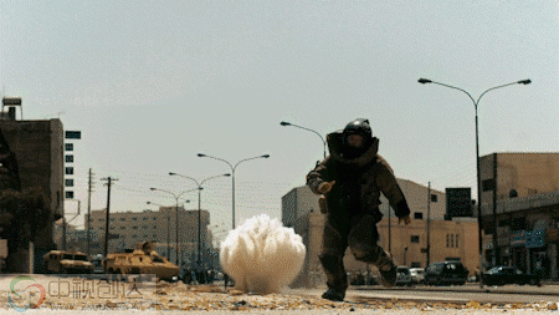
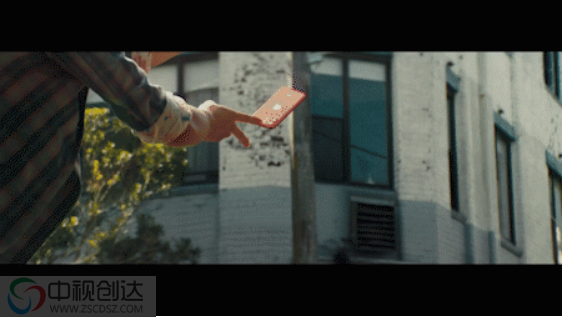
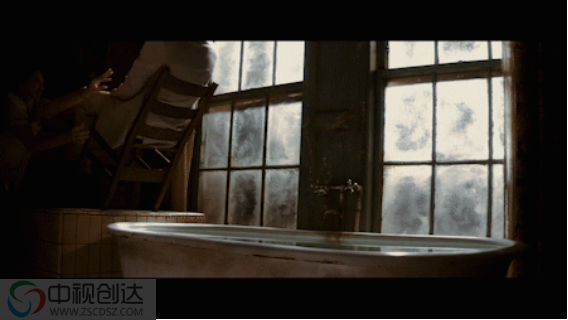
The moving picture material of the upgraded lens comes from the Internet
In virtual productions, the way you shoot at high frame rates can have a "chemical reaction" with the refresh rate of the LED screen, and this uninvited atmosphere spoiler is strobe. Pictures with strobe cannot be eliminated by post-DI, so they are usually discarded. Therefore, one of the key points of this test, the stroboscopic test, is to specifically "examine" whether the pictures taken by the CTS Black Onyx LED at different frame rates of the Venice camera have stroboscopic, and also tested the support of the CTS Black Onyx in Venice. The camera's maximum framerate and the appropriate shutter speed for different recording frame rates.
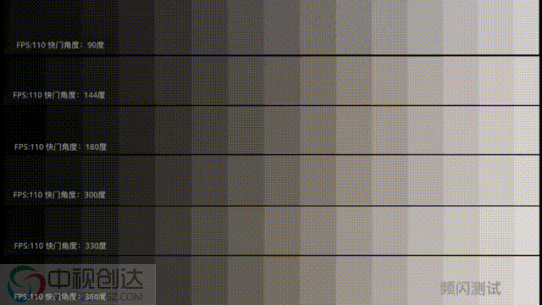
Strobe test (LED strobe test at different frame rates of the camera, gray, red, blue, and green)
The stroboscopic test was carried out under the BT2020 color gamut supported by the medium-vision black agate, using the highest brightness of the screen (theoretical brightness is 1800nit), and the camera was set at a distance of 4 meters from the screen. Detailed tests were performed by recording screen shots at different frame rates and open angle combinations.
The test results show that: In 24fps and 25fps shooting, the medium-vision black onyx has an excellent performance for stroboscopic problems, and in practical applications, it supports shooting in the range of 24fps to 110fps, and no stroboscopic shutter can be found in this frame rate range. Angle, the ability to deal with high frame rate shooting scenarios is outstanding.
1. When the refresh rate of the LED screen is 120Hz, the available frame rate of the camera, that is, the frame rate of the camera corresponding to the flicker-free picture displayed by the monitor is 24fps, 25fps, 50fps, 60fps, 100fps, 110fps;
2. When the refresh rate of the LED screen is 60Hz, the available frame rate of the camera is 24fps, 25fps, 50fps, 60fps, which can support the needs of most film and television shooting;
3. When the refresh rate of the LED screen is 120Hz, the Venice camera is upgraded to 110fps, and there is no stroboscopic when the shutter opening angle is set to 330°.
The above test results conform to the flicker-free equation:
Shutter opening angle° = camera recording frame rate * 360 / LED screen refresh rate
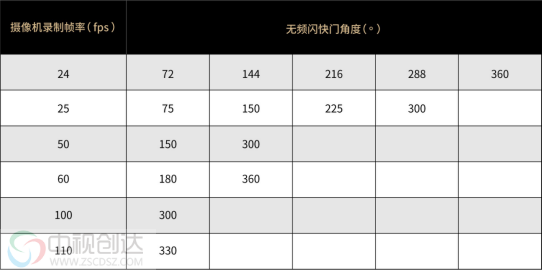
Moiré
Challenge the limit and break the "distance produces beauty"
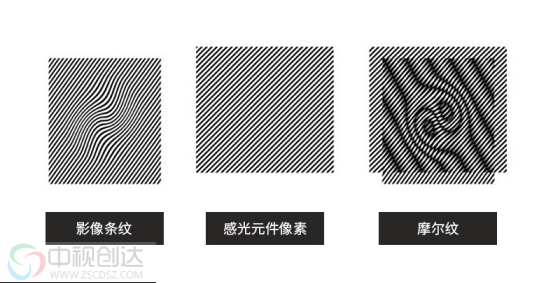
The picture comes from the Internet
When using a digital camera to shoot an LED screen playback picture, if the spatial frequency of the pixels of the photosensitive element is close to the spatial frequency of the stripes in the image, there will be some irregular water ripple patterns in the imaging picture, that is, moiré. In other words, moiré is a streak-like phenomenon that occurs when two grid-shaped pixel lattices overlap, and the light and dark parts of the grid overlap each other.
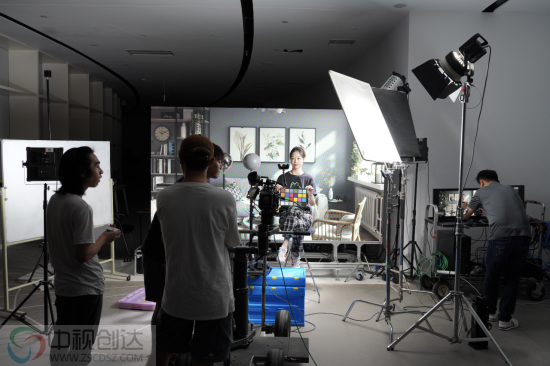
Moiré will seriously affect the image quality, and it is also difficult to eliminate moiré in post-production. In order to avoid moiré, it is necessary to consider both picture shooting and picture display, involving various factors such as pixel pitch, distance between camera and screen, focal length and content resolution. In virtual shooting, although photographers can avoid moiré by adjusting the angle and position of the camera, changing the focus, and the focal length of the lens, these methods cause multiple limitations to shooting and lack practical operability.
Therefore, virtual shooting creators look forward to having an LED screen with excellent performance, which provides more options for avoiding moiré patterns and striving for freedom of shooting. One of the important factors to consider is the pixel pitch of the LED screen.
Moiré test (aperture 1.5, the focal distance reaches 11ft, the moiré appears when the red frame flashes, and the moving triangular cursor represents the distance from the focal point to the screen)
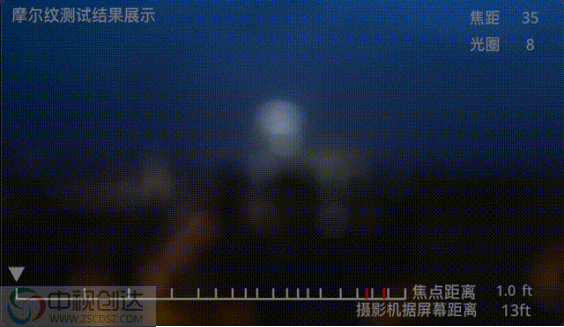
Moiré test (aperture 8, the focal distance reaches 9ft, the moiré appears when the red frame flashes, and the moving triangular cursor represents the distance from the focus to the screen)
The pixel pitch of the test object is 1.58mm. The camera uses a 35mm fixed-focus lens to shoot the screen directly at a distance of 4 meters from the screen, and records the moiré patterns that appear under different apertures and different focal points. The performance of the moiré pattern and the focal law suitable for medium-view black onyx shooting.
1. The appearance of LED moiré is mainly affected by the aperture and focal distance of the camera. Using a large aperture to shoot can reduce the chance of moiré, and a clear and no moiré LED screen can be captured under a specific focus;
2. When the aperture is 1.5 and the focal point is more than ±1ft from the screen, there is no moiré on the screen;=
3. When the aperture is 8, when the focal distance is more than ±4ft from the screen, there will be no moiré on the screen.

It can be seen from the above data that the point-to-point performance of the medium-vision black onyx is excellent in the moiré test, which means that the camera can be close enough to the screen, and the subject can also be close enough to the LED screen, which is more effective in obtaining ultra-high-definition images. multiple advantages.
words at the end
In LED digital virtual shooting, in order to prevent stroboscopic and moiré patterns from "appearing and stealing the show", a lot of post-adjustment work is required. Under the current technical conditions, it is difficult to completely eliminate moiré patterns. Therefore, through rigorous testing, fully understanding where the limits of the screen are, has become the best solution. "Knowing ourselves and the enemy" with LEDs, cameras and many technical parameters during shooting not only directly improves the freedom of shooting camera positions, character movements and scene settings, but also creates more convenience for the "seamless connection" between virtual and reality. , freeing the later team from the dilemma of "doubling the workload".
Continue to pay attention to the official public account of ZOSE Chuangda, and stay tuned for the ZOSE Black Onyx Test Series (Part 3) - to live in peace with those "light" who are both enemies and friends.



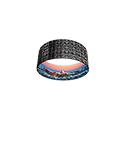

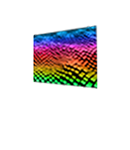

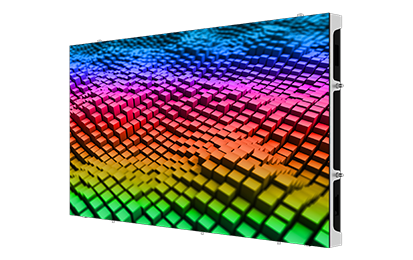
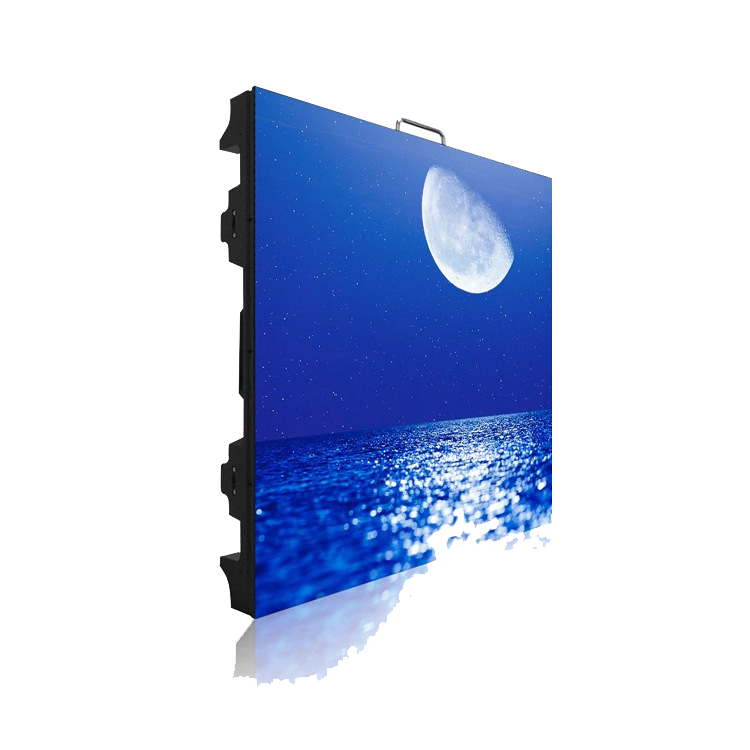

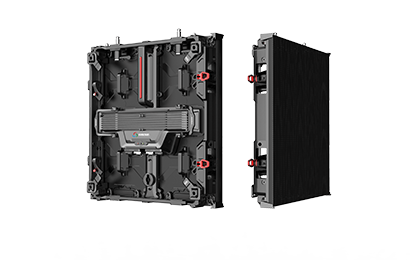
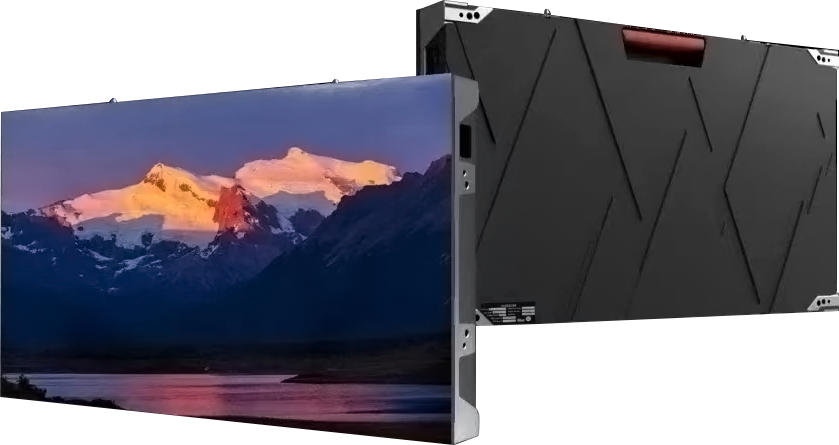


















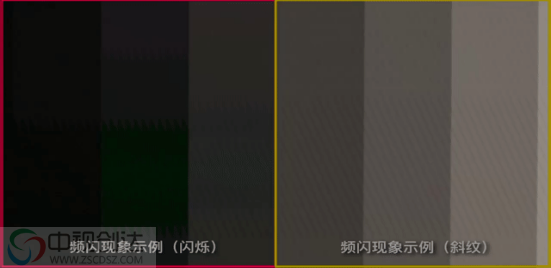

 Shenzhen - Headquarters
Shenzhen - Headquarters




